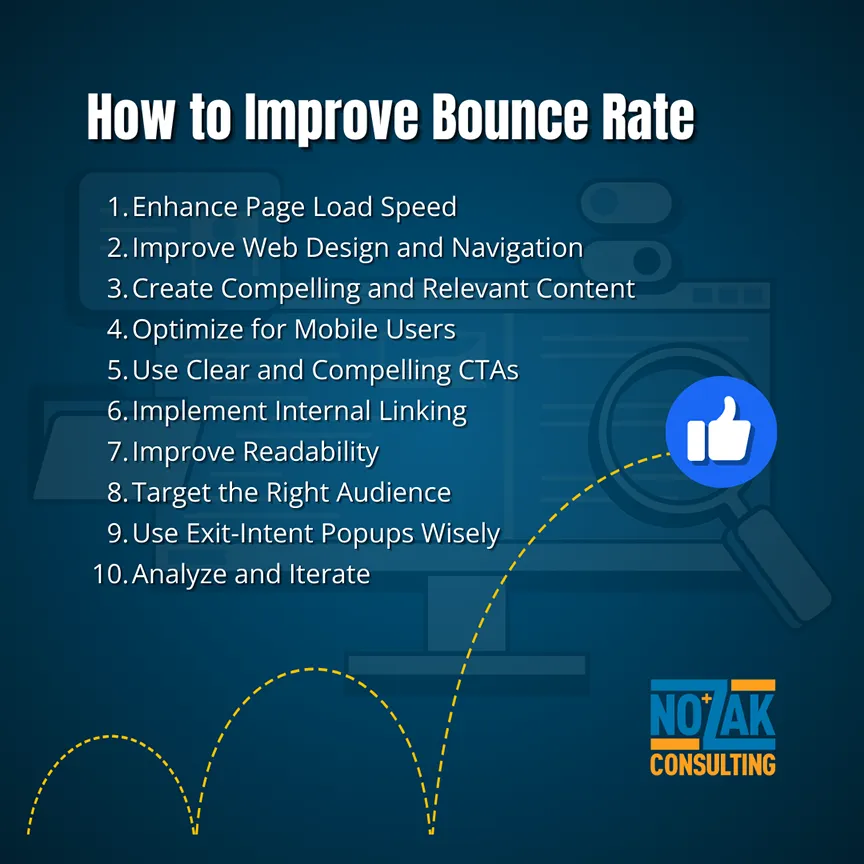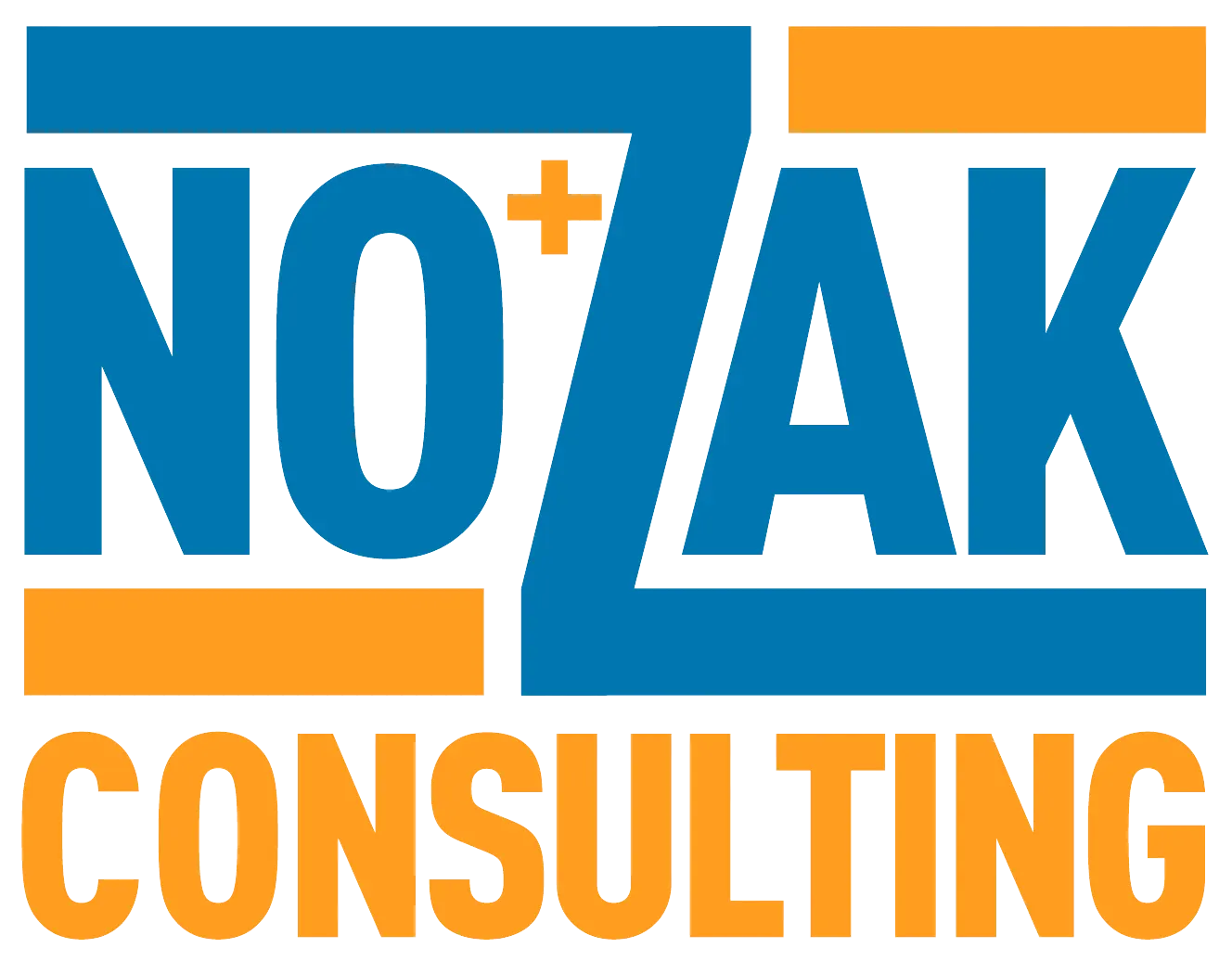Imagine you’re hosting a party. You’ve sent out invitations, prepared an amazing spread, and decorated your home to perfection. The guests arrive, step through the door, take one look around… and immediately leave. Bewildering and disheartening, isn’t it? Welcome to the digital equivalent of this scenario: a high bounce rate on your website.
Your website is your digital home. A high bounce rate suggests that visitors are leaving almost as soon as they arrive, without exploring what you have to offer. It’s like they’ve taken one step inside, decided “This isn’t for me,” and promptly exited. But fear not! Just as a savvy host can turn a lackluster gathering into a lively soirée, you too can transform your website from a brief pit stop into a captivating destination.
What is Bounce Rate?
Before we dive into solutions, let’s define our problem. Bounce rate is the percentage of visitors who land on your website and leave without viewing any other pages or taking any actions. It’s a key metric that can indicate how well your site is meeting visitor expectations and needs.
Why Bounce Rate Matters
- User Experience Indicator: A high bounce rate often signals that visitors aren’t finding what they’re looking for.
- SEO Impact: While not a direct ranking factor, bounce rate can indirectly affect your SEO performance.
- Conversion Opportunity: Every bounce is a missed opportunity for engagement and potential conversion.
- Content Effectiveness: It helps gauge the relevance and quality of your content to your audience.
10 Strategies to Improve Your Bounce Rate

- Enhance Page Load Speed
- Optimize images and minimize HTTP requests
- Leverage browser caching and enable compression
- Consider using a Content Delivery Network (CDN)
- Improve Website Design and Navigation
- Create a clear, intuitive navigation structure
- Use a responsive design that works well on all devices
- Ensure your site has a professional, trustworthy appearance
- Create Compelling and Relevant Content
- Align your content with user intent and expectations
- Use engaging headlines and subheadings
- Break up text with images, videos, and infographics
- Optimize for Mobile Users
- Ensure your site is fully responsive
- Use larger fonts and buttons for easy tapping
- Minimize pop-ups and interstitials on mobile devices
- Use Clear and Compelling Calls-to-Action (CTAs)
- Place CTAs strategically throughout your content
- Use action-oriented, benefit-driven language
- Ensure CTAs stand out visually without being intrusive
- Implement Internal Linking
- Link to relevant content within your site
- Use descriptive anchor text for links
- Create content clusters around key topics
- Improve Readability
- Use short paragraphs and bullet points
- Choose fonts and colors that are easy on the eyes
- Ensure sufficient contrast between text and background
- Target the Right Audience
- Refine your SEO strategy to attract relevant traffic
- Use targeted advertising to reach your ideal audience
- Tailor content to your specific buyer personas
- Use Exit-Intent Popups Wisely
- Offer valuable content or discounts to encourage staying
- Ensure popups are easy to close and not overly intrusive
- Limit the frequency of popups to avoid frustrating users
- Analyze and Iterate
- Use tools like Google Analytics to identify problem pages
- Conduct A/B tests to optimize content and design
- Continuously gather and act on user feedback
Measuring Success
To track your progress, keep an eye on these metrics alongside your bounce rate:
- Average time on page
- Pages per session
- Conversion rate
- Exit rate for key pages
Remember, context matters. A high bounce rate isn’t always bad – for single-page websites or blogs, it might be expected. The key is to understand what’s normal for your industry and website type.
Bounce Back to Success
Improving your bounce rate isn’t about quick fixes; it’s about creating a website that truly serves your visitors’ needs. By implementing these strategies, you’re not just reducing a number – you’re crafting an experience that keeps users engaged, informed, and coming back for more.
Start by analyzing your current bounce rate, pick a few strategies to implement, and track your progress. With patience and persistence, you’ll transform your website from a brief stopover into a captivating destination that visitors won’t want to leave.
Ready to turn bounces into engagement? Dive into these strategies today and watch your website’s performance soar. Your future visitors (and your bottom line) will thank you.
